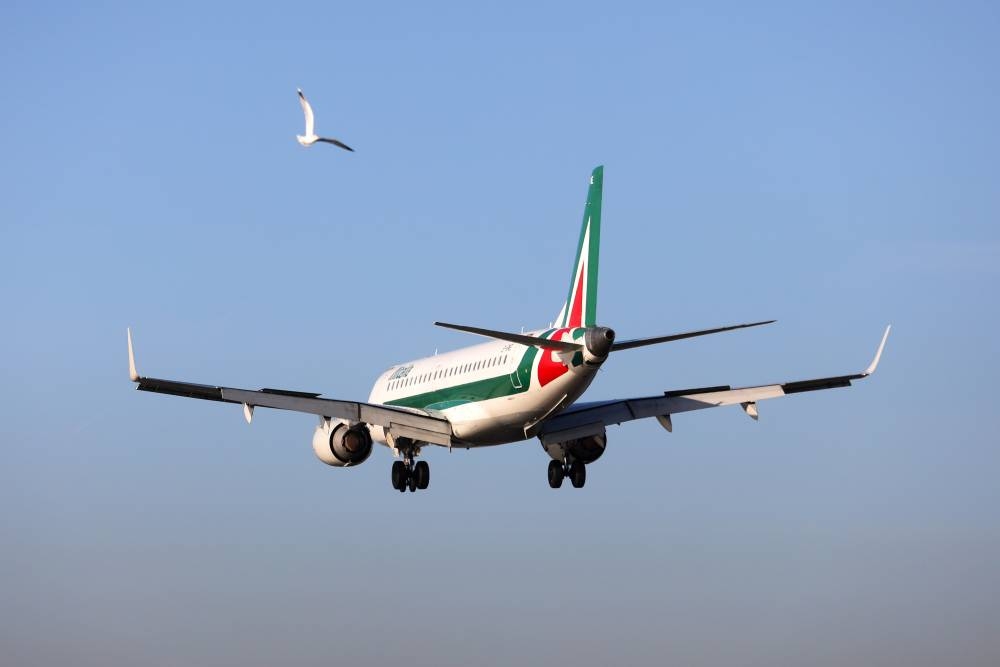
Beyond the tarmac
Bird strikes damage critical parts of an aircraft, such as engines, windshields, and control surfaces, leading to potentially catastrophic failures.
A few days ago, a Virgin Australia jet was forced to make an emergency landing in New Zealand following a "possible bird strike" following takeoff, which caused flames to shoot from its engines.
Virgin Airlines VA148 – a twin-engine Boeing 737-800 that had 67 passengers and six crew on board – landed at Invercargill Airport on New Zealand’s South Island around an hour after departure, according to data from the flight-tracking website FlightAware.
The airline said a bird strike likely caused the fire, with passengers reporting a series of loud bangs and flashes coming from the engine almost immediately after the plane's wheels left the tarmac.
"Virgin Australia can confirm that all passengers have disembarked VA148, which landed safely at New Zealand’s Invercargill Airport following a possible bird strike after departing from Queenstown Airport," noted Virgin Australia Chief Operations Officer Stuart Aggs.
Industry sources say bird strikes occur at a rate of about four in every 10,000 flights, with the consequences varying in severity depending on where aircraft are hit.
Bird strikes are collisions between aircraft and birds, although these also involve ground collisions with animals such as deer, rabbits, dogs, and even alligators.
The first bird strike was recorded by Orville Wright in 1905, over a cornfield in Ohio.
These incidents are not uncommon, occurring daily with some seasonal variation due to bird migratory patterns. One of the most famous bird strikes was the 2009 US Airways Flight 1549, which encountered a flock of Canadian geese shortly after takeoff from LaGuardia Airport, resulting in both engines failing and a successful emergency landing in the Hudson River by Captain Sully Sullenberger.
More than 14,000 bird strikes are reported each year in the United States alone, according to the Federal Aviation Administration. In 2022, the United Kingdom’s Civil Aviation Authority reported nearly 1,500 bird strikes over the year, according to Al Jazeera.
Between 2008 and 2017, the Australian Transport Safety Board recorded 16,626 bird strikes, while the Federal Aviation Administration in the United States reported 17,200 bird strikes in 2022 alone.
According to the International Civil Aviation Organisation (ICAO), nearly 90% of bird strikes occur near airports during takeoff, landing, or at lower altitudes where bird activity is most common.
The consequences of a bird strike can vary widely depending on factors such as the aircraft type.
For instance, bird strikes may be fatal for single-engine planes. Globally, since 1988, there have been some 262 fatalities due to bird strikes and 250 aircraft destroyed.
On the other hand, the recent incident involving the twin-engine Virgin Australia aircraft did not result in any death or serious injuries to passengers. This was because the Boeing 737-800 could continue flying on the other engine to an alternate airport.
Birds ingested into aircraft engines often cause engine failure, requiring costly and time-consuming inspections and repairs.
A study carried out in 2020 by German researchers at the Delft University of Technology and the Netherlands Institute of Flight Guidance at the German Aerospace Center, looked at the rate of bird strikes per movements of aircraft in several countries around the world. It found Australia had the highest bird strike rate – nearly eight for every 10,000 aircraft movements. The US had the lowest at 2.83.
Most bird strikes occur early in the morning or at sunset when birds are most active. Pilots are trained to be vigilant during these times.
Radar can be used to track flocks of birds. However, this technology is ground-based and not available worldwide so it can’t be used everywhere.
Bird strikes rarely occur at higher altitudes. Collisions tend to occur when planes are in the same space where birds usually fly, such as when aircraft are approaching, landing at and departing from airports.
Bird strikes pose a significant risk to aircraft safety, with potential consequences ranging from minor engine issues to catastrophic failure and accidents.
Vigilance, training, and technological solutions are key components of efforts to prevent and mitigate these incidents.
Bird strikes remain a persistent challenge and necessitate ongoing vigilance and innovation in mitigation strategies.


